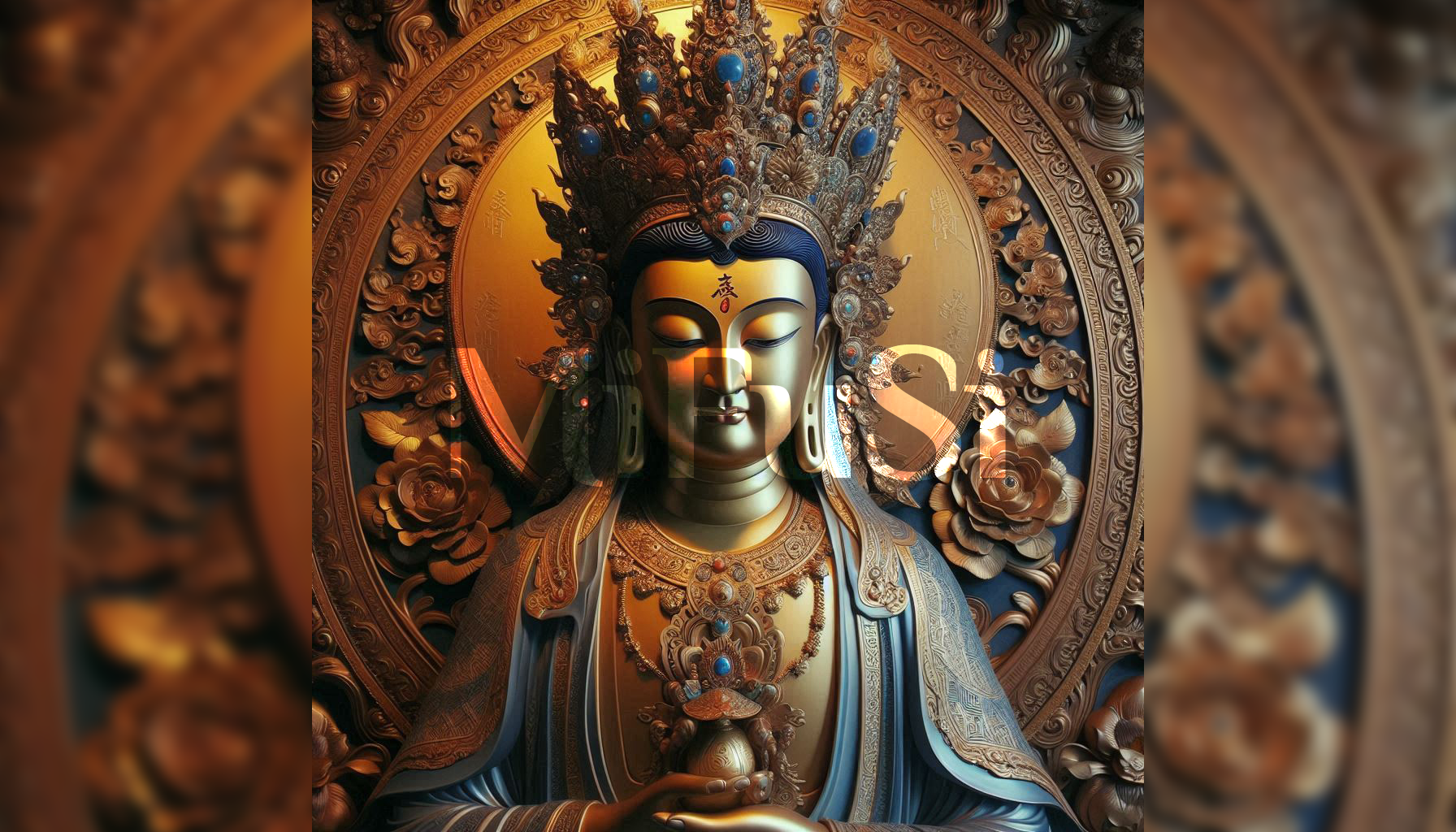Kwan Shih Yin – compassion Dharani
I shared this picture simply because I find it beautiful, not because of the popular Great Compassion Dharani in Sanskrit often associated with it. In Buddhism, there’s a tendency for certain sutras to claim superiority, asserting themselves as the “#1” or the “King Sutra,” depending on the tradition. However, after reading numerous sutras, it becomes apparent that they all make similar claims—each proclaiming itself as the best, with its Dharani being the most powerful, and so on. This leads people to cling to a particular sutra or Dharani, believing it to be the ultimate path to Nirvana, and often rejecting teachings from other traditions. This, however, is not necessarily true.
For example, a woman once told me she was reciting the powerful Lankavatara sutra to ward off vicious heavenly ghosts, as advised by a monk. However, each time she recited it, her jaw would lock up, causing severe pain. Despite seeking help from the monk, the issue persisted until she consulted me. In this case, it seemed that the “ghosts” were in control, rather than the renowned Lankavatara sutra. I advised her to stop reciting it, and she felt better afterward.
There’s also a belief that Dharani must be recited in Sanskrit to be effective. However, reality shows otherwise. Recently, a person from Nepal, who had been practicing Dharani and reciting it in Sanskrit, received the holy force after being initiated by one of us, who recited a prayer in Vietnamese. This demonstrates that the true effectiveness of Dharani doesn’t stem from the Sanskrit language or any particular sutra, but from having the Secret Seal of Old_Guru Secret Teaching through the Initiation ritual. The effectiveness of the practice ultimately depends solely on the merits and devotion of the practitioner.
Related Post

HOW TO PRAY FOR THE NATION
HOW TO PRAY FOR THE NATION (Đại Nguyên Tắc: Tế Trời by NhưTrúc on Wed Apr 09, 2014 2:17 pm...
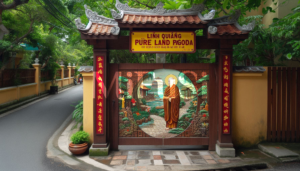
Linh Quang Pure Land Pagoda and Venerable Monk Thích Phổ Ứng.
Article by cư sĩ Triệu Phước on Trắng Đen newspaper in 1992. Translated from Vietnamese to English by Dianichi Linh...

JIANG ZIYA LEAVES THE MOUNTAIN
The Supreme Ruler has assigned Grand Master Yuan Shi Tian Zun the responsibility of assessing disciples' virtues and vices, and...

Foreword
Foreword: This book, "Mysticism in The Investiture of the Gods" is a translation from the original Vietnamese text. The Chinese...
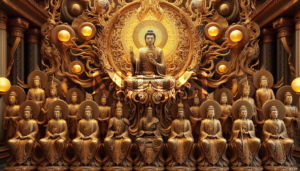
Nechung Oracle – Freedom in Exile
Dear Mystics Members, Explore an excerpt from the Dalai Lama's "Freedom in Exile." Delve into Chapter 12, "Of Magic and...
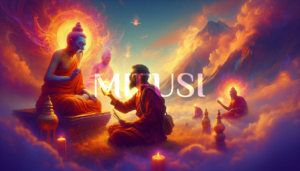
Story 7 – The Tibetan Lama
Story 7 - The Tibetan Lama Câu chuyện số 7 - Lạt ma Tây Tạng by ThầyGià on 12 November...
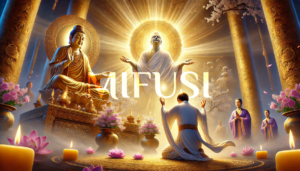
The privilege of making offerings to Grandmaster/Teacher
Được Thánh thần cho phép cúng dường by Quế An on 26 Oct 2016, 19:08 - translated by Horangi Bowing...

Heaven’s Plan (By Mysticism Scholar Duc Quy)
Heaven's Plan (By Mysticism Scholar Duc Quy) (Thiên cơ cư sĩ Đức Quý by Lĩnhnam on Oct 15, 2011 11:23...
